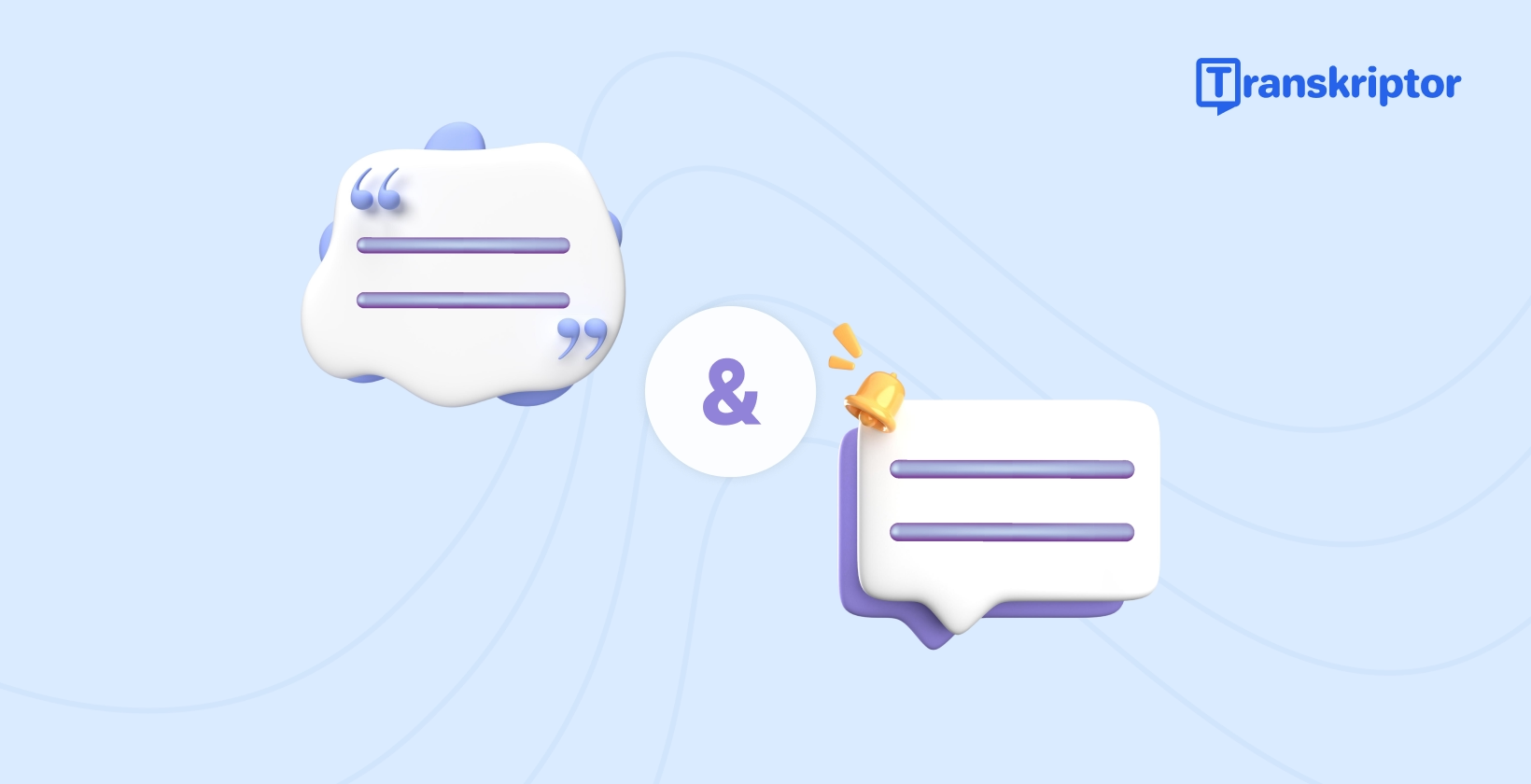Video content is becoming more popular worldwide. Platforms like YouTube, e-learning platforms, and streaming services are leveraging videos more than ever. With this increase comes the need to improve accessibility to such content.
Captions and subtitles are often used interchangeably to ensure this. However, there are a few key differences between the two. This guide explains the key differences in captions vs subtitles and their specific uses.
What are Captions and Subtitles?
This section has captions vs subtitles explained to help you understand the difference between the two.
What are Captions?
Captions are typically used as a transcription of spoken words. The key reason behind their use is to improve accessibility for those with hearing difficulties. Besides spoken words, they also describe sound effects and other utterances. They also help differentiate between speakers to make them easy to identify.
What are Subtitles?
Subtitles are also textual versions of spoken dialogues. However, their key purpose is to translate the spoken word into a language that the audience can understand. For example, consider when a German movie comes with English subtitles. This helps audiences understand the content and its meaning. As a result, their key purpose is to ensure language accessibility.
In fact, as far back as 2016, 85% of Facebook videos were watched with the sound off. With video consumption having increased several fold since then, the demand for subtitles has only gone up.
Key Differences Between Captions and Subtitles
This section explains some key differences between captions and subtitles based on a few factors.
- Features: In terms of their features, captions are designed for viewers with hearing impairments to improve video accessibility. Subtitles are integrated for viewers who do not understand the language spoken in a video.
- Audio: The audio in captions represents dialogs, sound effects, and background audio. Given that captioning these other elements improves accessibility, it becomes crucial. Conversely, subtitles only focus on the spoken dialogue.
- Types: There are two different kinds of captions. The user can turn closed captions off if they do not want them. However, open captions are embedded in the video and will always be visible. The user does not have the option to turn them off.
- Use Case: Captions are primarily used to improve accessibility to video content. They aid those with hearing impairments by providing captions that help them understand the content. Subtitles, on the other hand, help translate content into a language the viewer speaks.
When To Use Captions vs Subtitles
Despite the fact that many people use them interchangeably, captions and subtitles are used in different scenarios. This section elaborates on which situation calls for captions and subtitles.
Use Captions When
- Your videos cater to audiences with hearing impairments who cannot hear and understand a video.
- You want to provide content for sound effects, background noises, and other non-dialog audio.
- Your audiences are likely to view the video without any sound. The captions can help them understand it regardless.
Use Subtitles When
- You want to localize content for an international audience that speaks a different language. For example, a French movie is being released in English-speaking countries.
- You want to distribute educational or entertainment content across various regions.
- The primary focus is on the dialog without the need for sound effects or background noises.
Benefits of Using Captions and Subtitles
Here are some of the key benefits of using captions and subtitles in your videos:
- Improving Accessibility: Captions can help those with hearing impairments understand videos.
- Boost Engagement: Captions allow people to watch videos without sound, boosting engagement rates.
- Reach Global Audiences: Captions and subtitles allow you to distribute your videos globally.
- Enhance SEO and Discoverability: Videos with captions perform better in search ranking, improving discoverability.
- Support Learning and Comprehension: Captions and subtitles can help those who access educational content understand it better.
Improving Accessibility
One of the most critical benefits of captions and subtitles is improving accessibility to videos. According to the National Institute on Deafness and Other Communication Disorders, about 28.8 million US adults could benefit from hearing aids. This demonstrates the share of the US population alone with hearing difficulties. The use of captions and subtitles ensures that your video content can reach this large segment rather than neglect them.
Boost Engagement
With time, more consumers and audiences are watching videos without sound. In such a situation, captions become necessary for them to understand what is happening. Additionally, various laws also list basic accessibility requirements for video. As a result, brands that use captions witness better engagement rates.
Reach Global Audiences
Imagine you put on a foreign language film on a streaming platform only to find out it has no subtitles. The makers of the film would then have limited the distribution of their movie only to those who can understand its original language. However, with the use of subtitles and captions, brands can ensure that their videos can be consumed by a global audience.
Enhance SEO and Discoverability
Search engines cannot index video and audio content. They need text to understand what a video is about to rank it higher for audiences looking for similar content. This is where using captioning tools to create captions can offer immense SEO benefits. This applies to those who publish videos on platforms like YouTube or even their websites. These benefits, in turn, help improve discoverability, increasing traffic and conversions.
Support Learning and Comprehension
The Internet has countless educational resources, spread across e-learning platforms and even others such as YouTube. However, making such content accessible using captions and subtitles can benefit learners immensely. It also helps them comprehend the content of the video better, helping them derive greater value from it.
The Americans With Disabilities Act also prevents discrimination in programs or activities that receive federal funding. In the educational sphere, the US Department of Education enforces Title II of the act.
Best Tools for Creating Captions and Subtitles
Here are five tools that can help you improve video accessibility with captions:
- Transkriptor: Transkriptor is an AI-powered transcription tool that can automate the process of generating subtitles.
- YouTube Studio: YouTube Studio natively provides tools to add captions and subtitles to videos on YouTube.
- Rev: Rev helps you generate captions for video content in English and Spanish.
- VEED.io: This tool automates the process of adding captions and subtitles to videos.
- Kapwing: Kapwing is an online video editor that lets you add and edit subtitles to your videos.
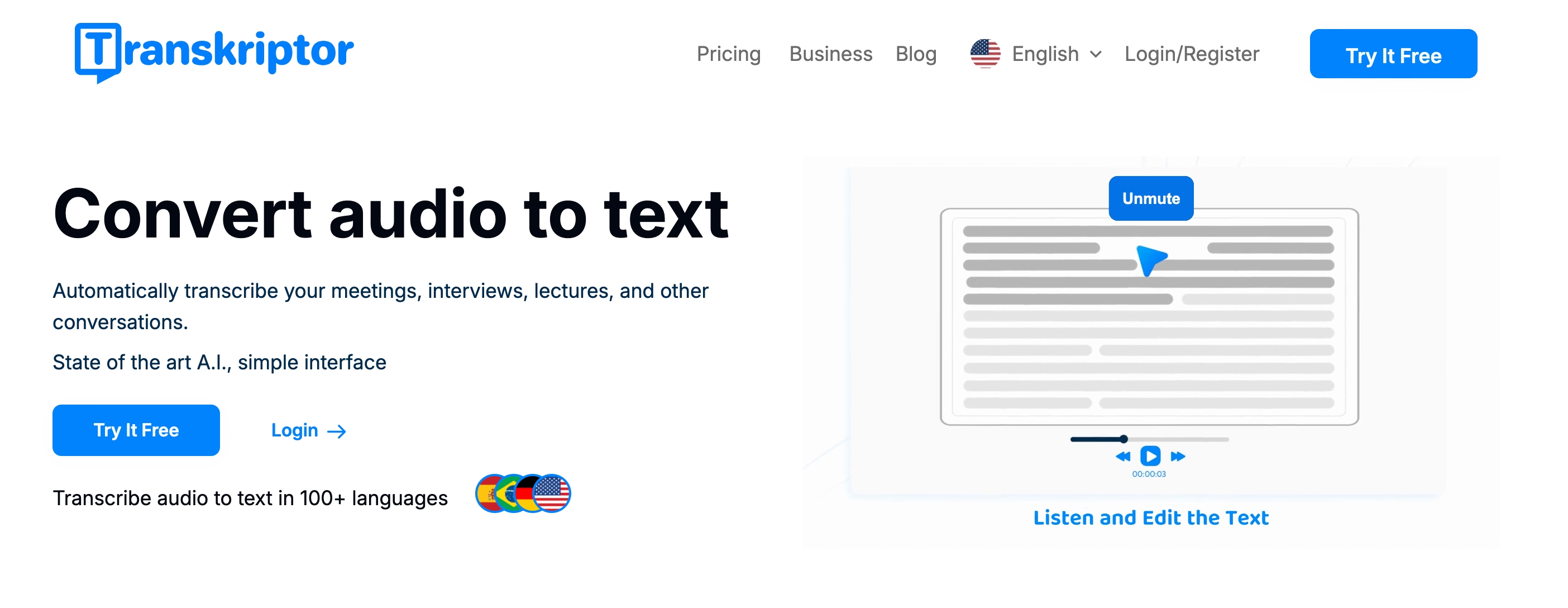
Transkriptor
Transkriptor is an audio-to-text tool that uses AI to transcribe videos with 99% accuracy and subtitle them. It offers an intuitive interface with which you can import videos in multiple ways. The tool allows you to generate a transcript or subtitles in the interface.
Once the subtitles are generated, you can edit them to ensure they stay on the screen for the optimal time. You can also ensure they do not overlap with the next one. Transkriptor is ideal for content creators, marketers, and educators looking for a quick and reliable captioning solution. It is also perfect for those creating multilingual subtitles.
Key Features
- Generate and Export Closed Captions: You can automatically generate closed captions and export them in SRT.
- Create Multilingual Subtitles: You can create subtitles in multiple languages to cater to a global audience.
- Edit and Optimize Captions: Transkriptor also allows you to edit and customize the captions.
How to Create Captions and Subtitles With Transkriptor?
Here is how you can use Transkriptor to generate captions and subtitles for your video:
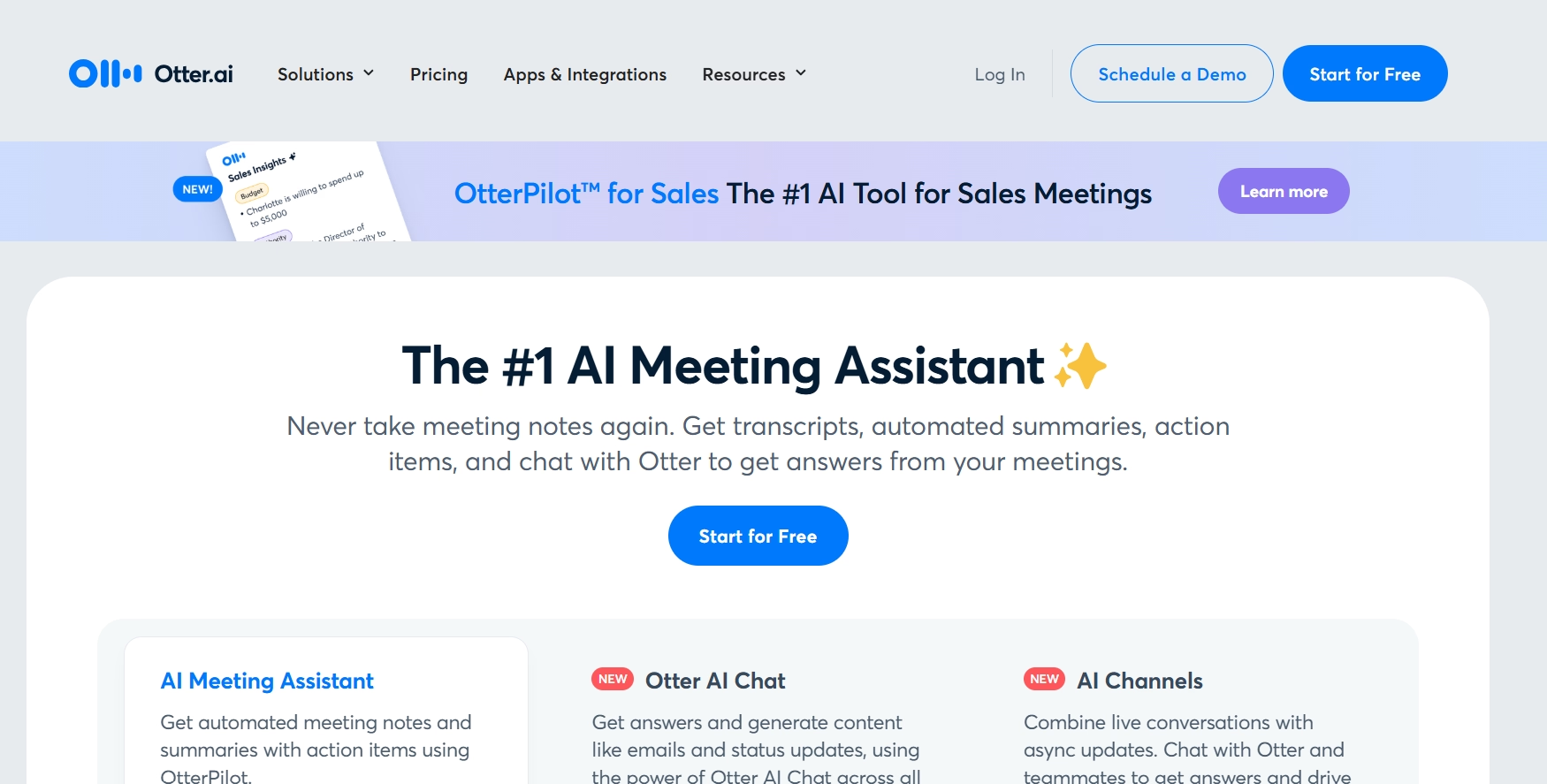
Step 1: Log into your Transkriptor account using your credentials. You can create a free account to test its features and dashboard.
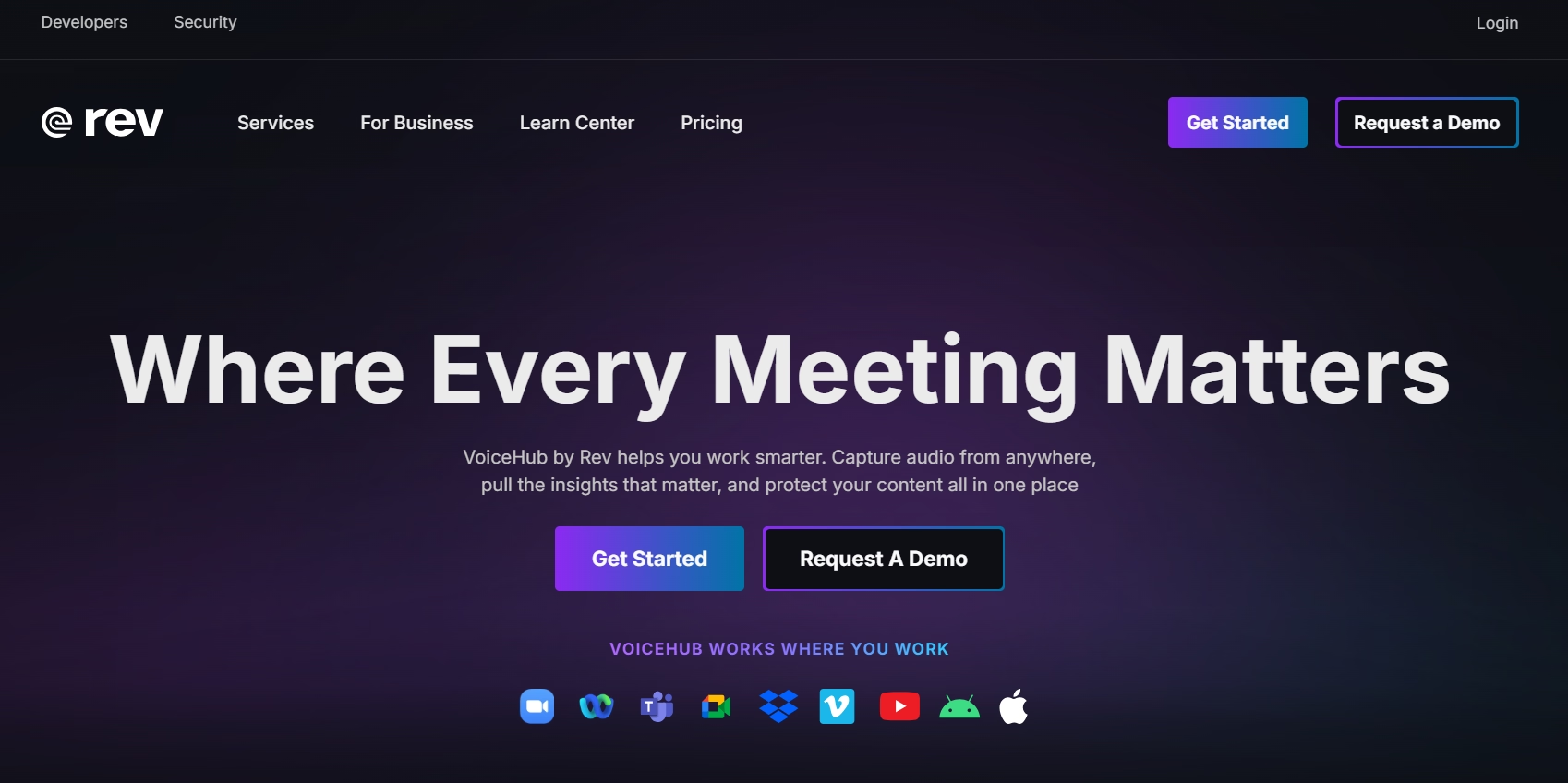
Step 2: Upload your video from the cloud, YouTube, or your device, and select the subtitle option.
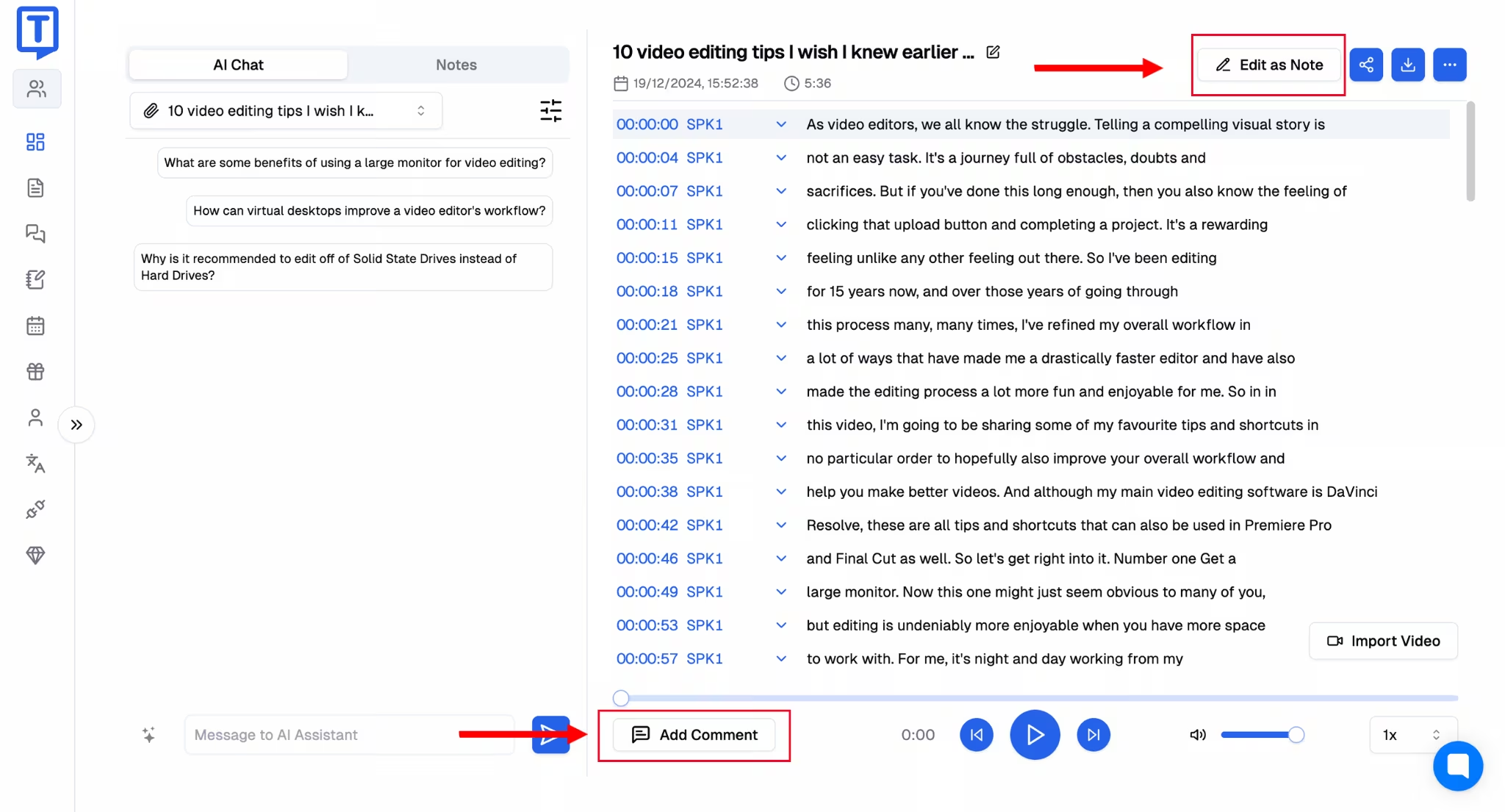
Step 3: Once the subtitles are generated, you can edit and customize them. You can also add comments at any point.
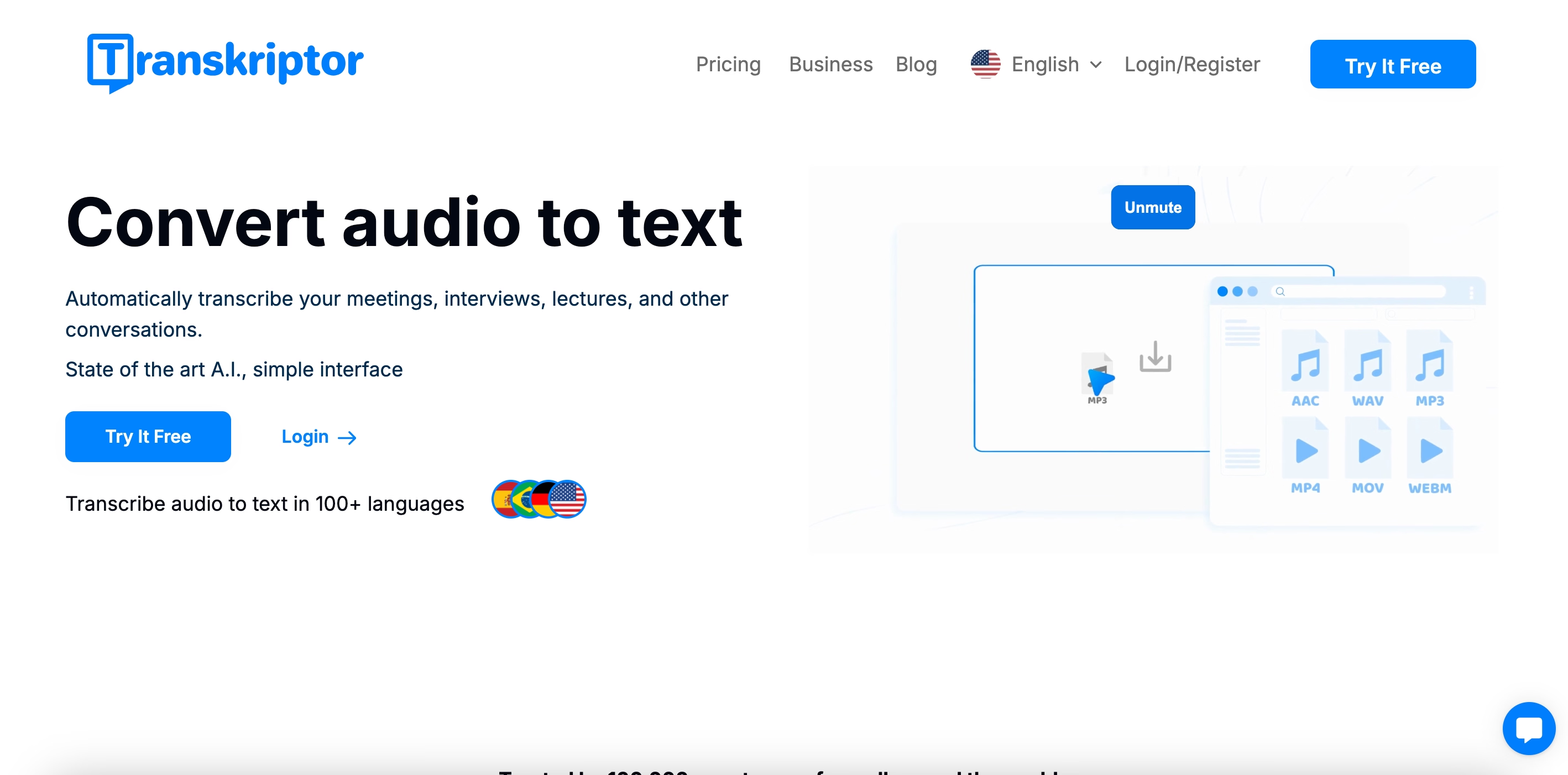
Step 4: Export your subtitles in various formats to use across your marketing channels. You can also split the paragraphs based on your preferences.
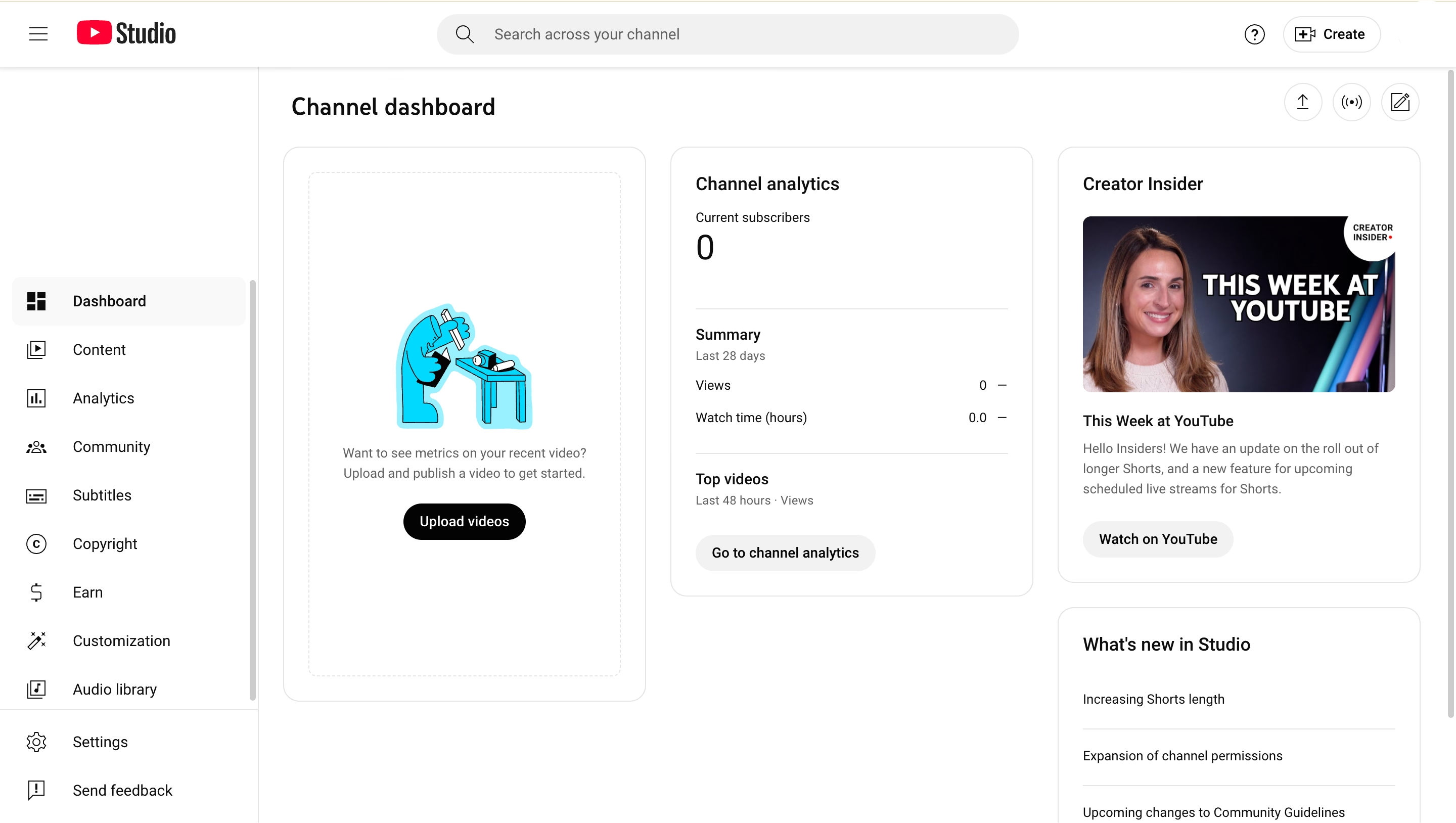
YouTube Studio
YouTube Studio is another platform on which users can add captions and subtitles to their videos. It also offers a complete overview of your YouTube channel and videos, so you have full control over them. However, unlike Transkriptor, which can transcribe and add captions in a single interface, YouTube Studio is less efficient.
It requires you to use a third-party tool to generate a transcript of the video. Then, you will upload the transcript file to YouTube Studio for it to sync with your video. This method is ideal for video creators looking to publish on YouTube.
Key Features
- Automatic Caption Generation: Once you upload a transcript file, YouTube automatically generates captions that you can edit manually.
- Supports External Caption Files: It also allows you to upload external caption files to integrate them with your videos.
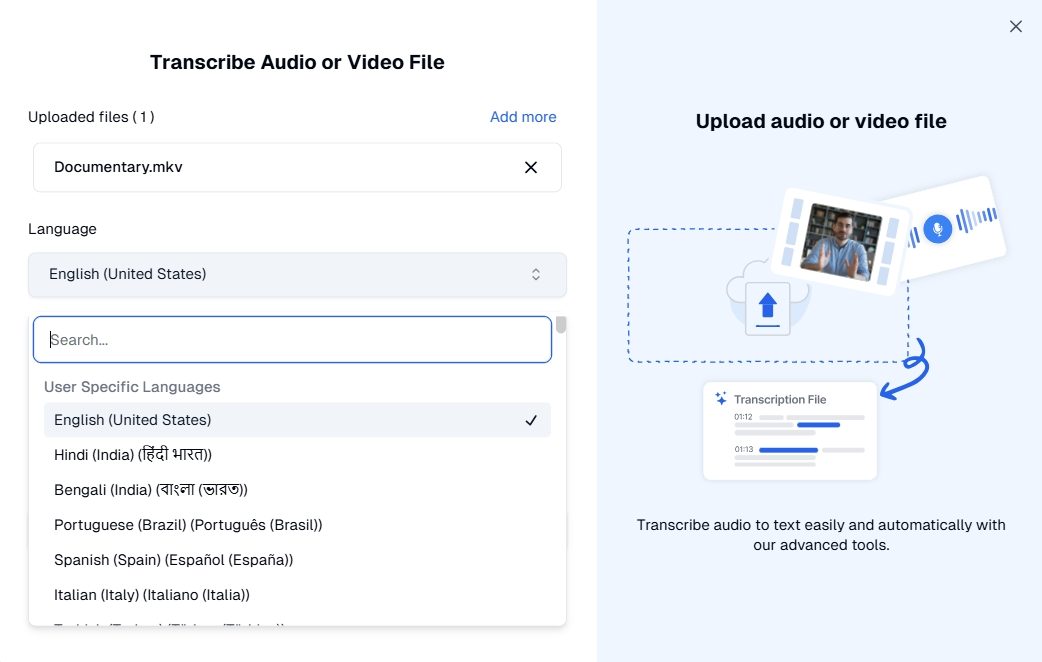
Rev
Rev is an AI-powered transcription platform that automatically generates captions and subtitles for your videos. It captures all dialogs, sound effects, and musical cues with precision. It ensures that your content complies with the FCC and ADA standards for accessibility.
However, the downside is that, unlike Transkriptor, it only lets you generate captions in English and Spanish. Regardless, it makes the process of editing these captions easy. It is also ideal for businesses requiring professional-quality captions and subtitles.
Key Features
- Accurate Closed Captions: Rev automatically generates closed captions and subtitles with 99% accuracy.
- Supports Multiple File Formats: It also supports imports and exports in multiple file formats, making it incredibly versatile.
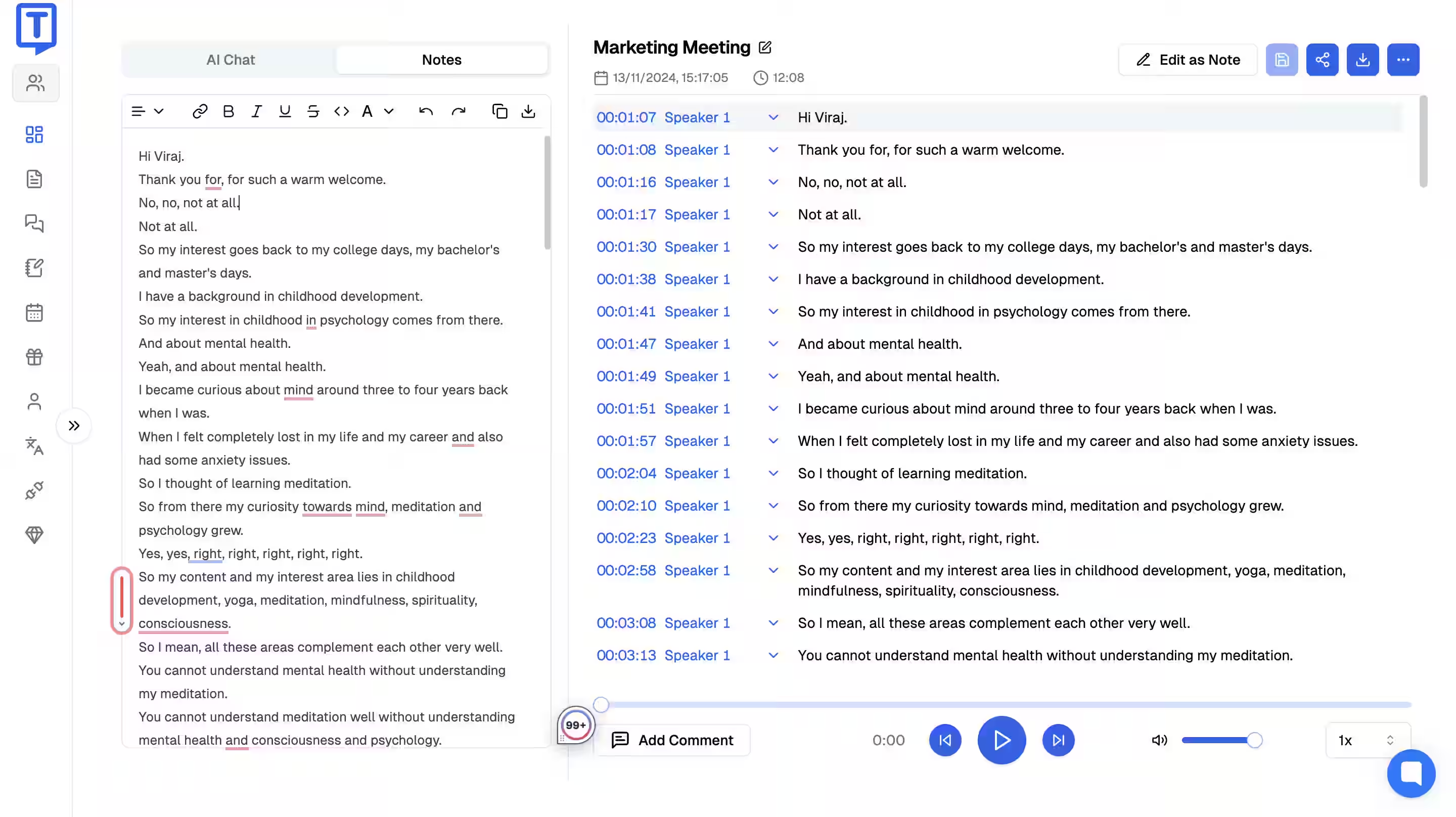
VEED.io
VEED.io is a professional video editing tool that also automatically generates captions and subtitles. It is one of the best tools for captioning and subtitling. It allows you to upload SRT files and uses AI to generate captions with 98.5% accuracy.
VEED.io also lets you edit these captions and download and translate them into different languages. It is ideal for social media creators and video marketers who want to streamline caption generation.
Key Features
- Automatically Generate and Edit Captions: With one click, you can generate captions for videos. You can also edit them using the same interface.
- Customizations: VEED.io lets you customize the font, color, and positioning of your captions for effective branding.
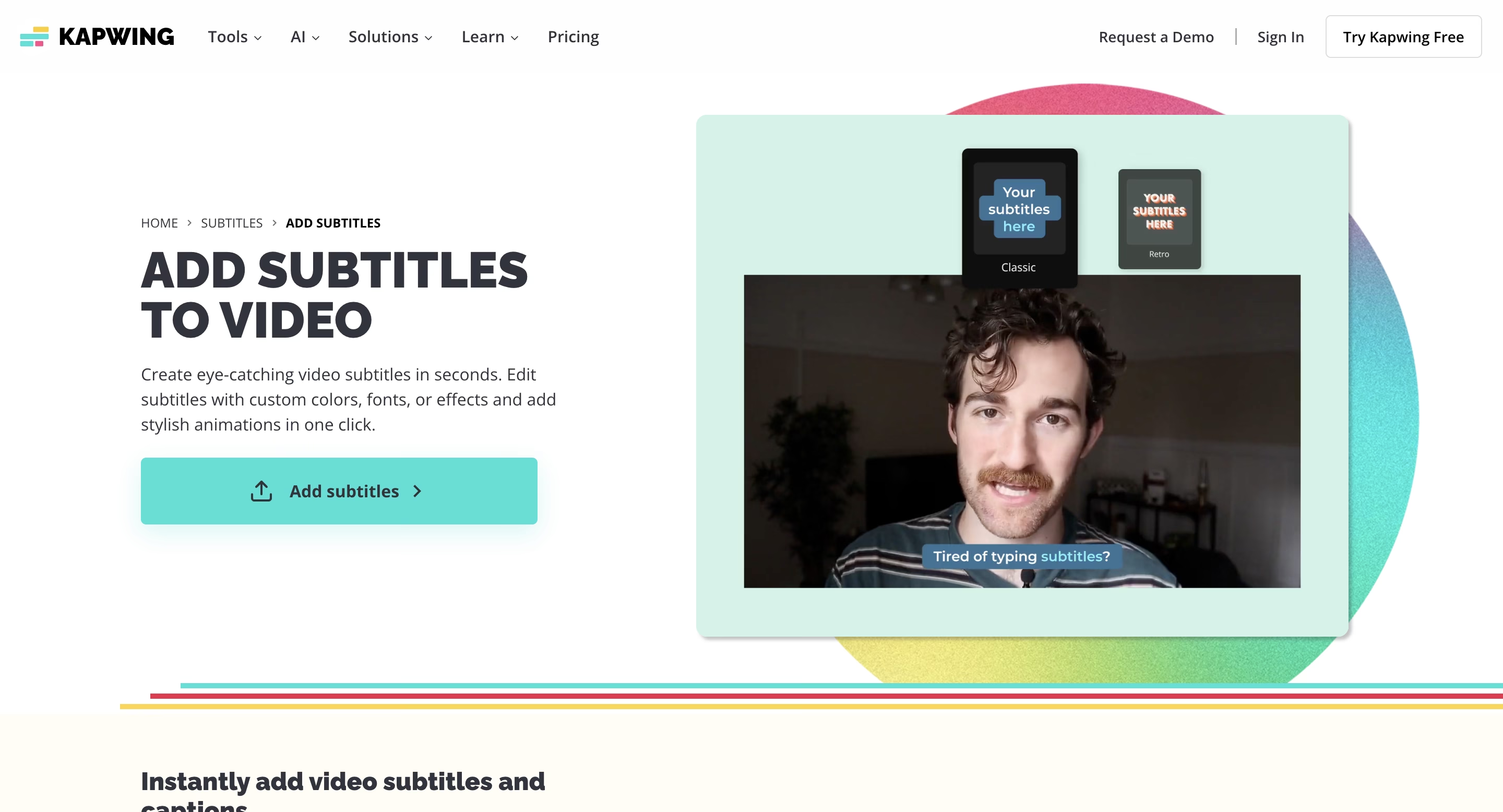
Kapwing
The last tool on this list that you can use to increase video accessibility with captions is Kapwing. It uses AI to generate captions for your videos quickly and also comes with various customizations. You can adjust the colors, fonts, and effects and choose from various built-in styles. You can also customize and fit them to upload your videos on any social media platform. Kapwing is the perfect tool for teams that often work on collaborative video projects.
Key Features
- AI-Generated Subtitles: Kapwing makes subtitle and caption generation quicker using AI. You can also manually edit them to perfection.
- Export Videos with Burned-in Options: You can also add open captions to your videos to ensure they are permanently embedded.
Conclusion
Captions and subtitles both increase accessibility to video content, including videos on platforms like YouTube and e-learning platforms. This guide has described when to use captions or subtitles and the difference between closed captions vs open captions. It has also listed the best tools to add captions or subtitles to your videos.
Among all the tools discussed, Transkriptor offers the most seamless user interface with services like transcription and subtitling. You can access all of these in a single, unified dashboard. It also executes these functions with 99% accuracy and gives you multiple export options. Try Transkriptor for free today to explore how reliable it is.
